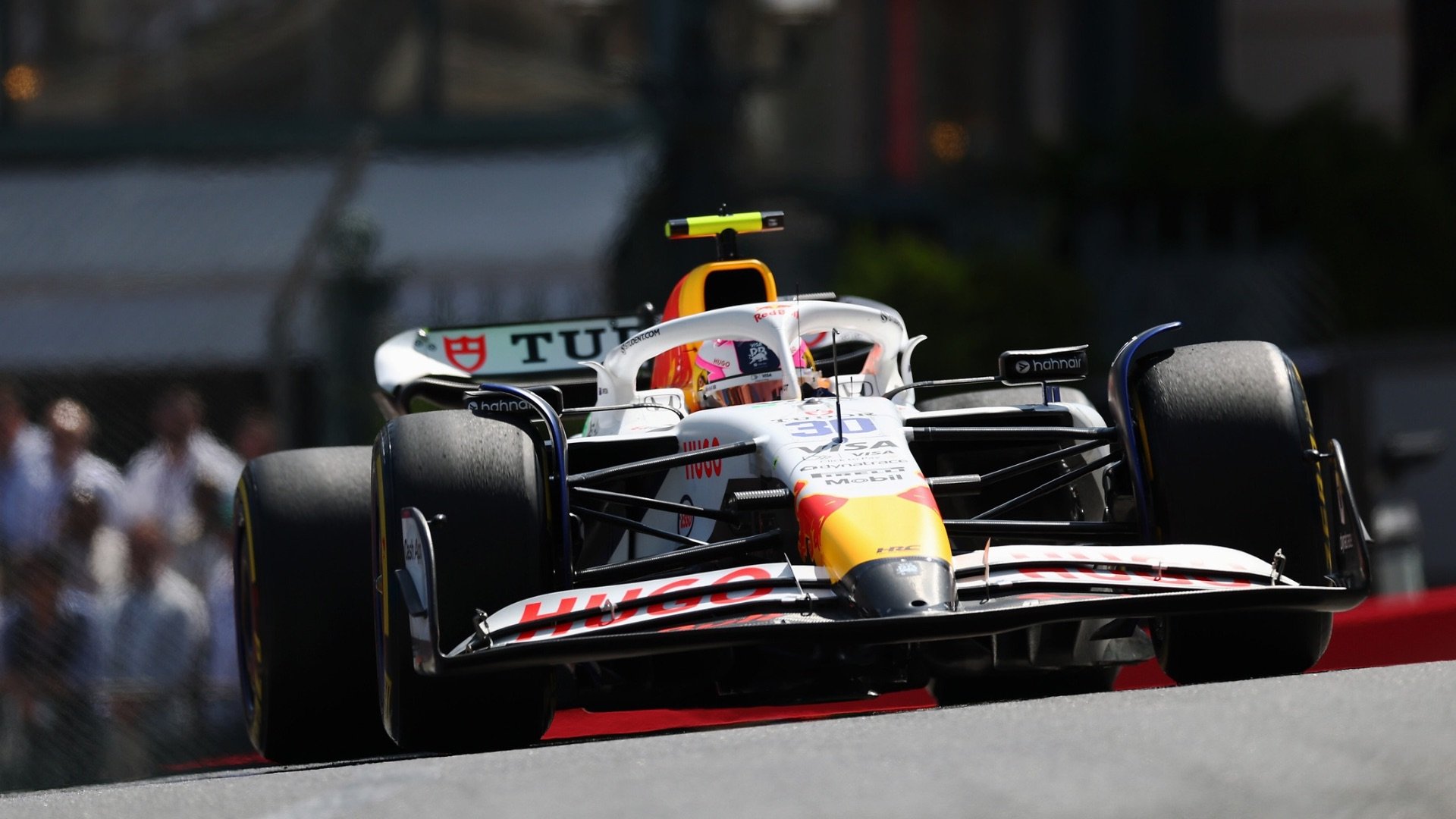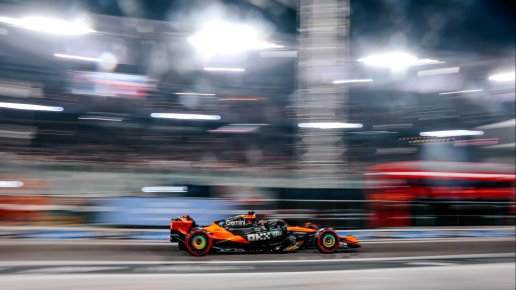
Photo: Getty Images / Red Bull Content Pool
F1’s flexi-wing clampdown ahead of the Spanish GP explained

Beginning with the Spanish Grand Prix, Formula 1 is implementing stricter rules regarding the flexibility of front wings, in an effort by the FIA to put an end to the long-standing controversy surrounding so-called flexi-wings. These new regulations tighten the allowable amount of wing deflection under load.
F1 & MotoGP news to your inbox every day.
Previously, when tested symmetrically on both sides, the front wing could deflect up to 15 millimetres, and up to 20 millimetres when tested on one side only. From 28 May, these limits are reduced to 10 millimetres and 15 millimetres respectively. Additionally, the flap on the front wing must now deflect by no more than 3 millimetres under a 60-newton point load, compared to the previous allowance of 5 millimetres.
These changes stem from growing scrutiny over how some teams have been designing front wings and other bodywork elements to deform under aerodynamic loads in a way that improves performance, especially by reducing drag at high speed. While total rigidity is physically impossible due to the forces involved, and some degree of flex is naturally occurring, the FIA has become increasingly concerned with designs that appear to exploit this tolerance in a controlled, performance-enhancing manner.
In a modern Formula 1 car, flex in the front wing can help strike a balance between aerodynamic downforce at low speed and reduced drag at high speed, allowing the car to perform more efficiently throughout a lap. The wing effectively bends backwards when subjected to high-speed airflow, lowering downforce and drag, but returns to its original shape at lower speeds where grip is needed.
The FIA have issued an explainer on bodywork flexibility. From this weekend at the #SpanishGP onwards the FIA will be imposing tougher tests on front and rear wings to clamp down on flexible wings.
— Tim Hauraney (@timhauraney) May 28, 2025
Read about it here: https://t.co/PQsVUwsak9
📸 Gorgio Piola Design pic.twitter.com/eC7KB3vnZc
Although the FIA began monitoring the front wings more closely as early as last year's Belgian Grand Prix, including fitting cameras and markers to wings for better visual tracking, it ultimately concluded that static tests were more reliable. High-definition footage alone could not provide the necessary level of precision in a sport measured in millimetres.
FIA single-seater director Nikolas Tombazis originally said that there were no immediate plans to amend the regulations for 2025, but by January this year, the stance had shifted significantly. The FIA announced the changes as part of a broader initiative to ensure that flexibility in aerodynamic components would no longer be a source of dispute in 2025.
The decision to delay implementation until the Spanish Grand Prix was made to give teams enough time to adjust their designs and avoid wasting resources on components already manufactured for earlier races. Nonetheless, some teams expressed frustration at the timing, arguing that allowing cars with more flexible wings to compete for the opening third of the season created an unfair advantage. Red Bull reportedly pushed for the changes to come into force sooner, at the Emilia Romagna Grand Prix, but ultimately the FIA opted for a measured rollout.
It remains unclear which teams will be most affected by the revised tests, although Red Bull and Ferrari were among the most vocal on the issue last year. McLaren, which found itself in the spotlight after footage showed its rear wing flexing at the season-opener in Australia, has insisted that the new front wing rules will not impact their performance.







